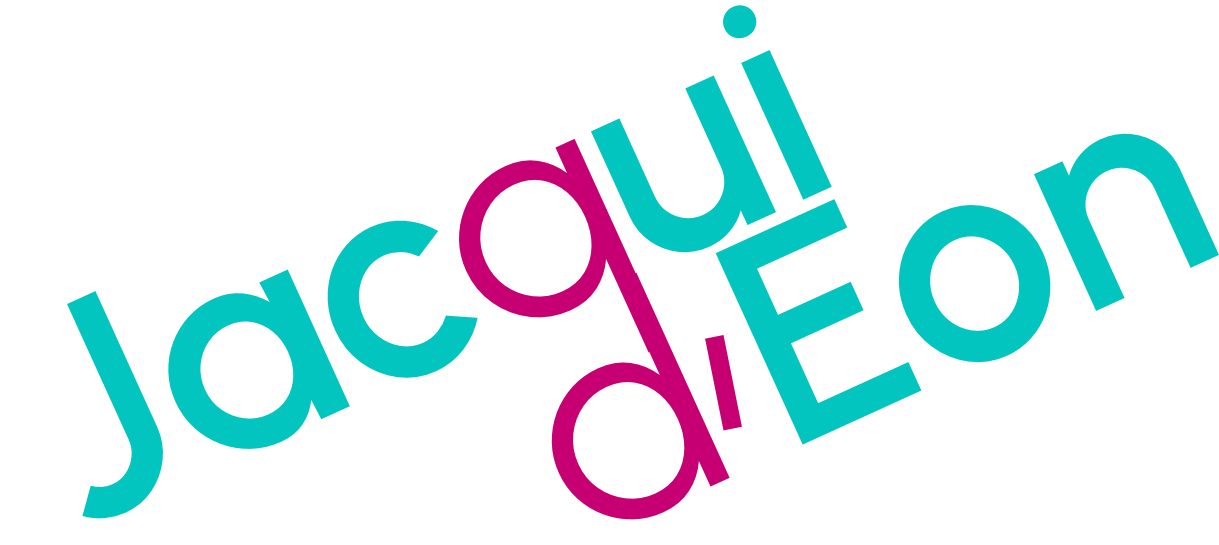
Having a leadership title doesn’t guarantee influence. I’ve seen many leaders arrive at the executive table only to feel like outsiders. They’re responsible for their own area, but struggle to shape conversations or decisions beyond it.
The truth is, influence doesn’t come from authority alone. It comes from being seen as a strategic partner who understands the business as a whole. Leaders who can connect their function to the organization’s broader goals are the ones whose voices carry weight.
Beyond Your Own Department
It’s natural to focus on your own team’s results, but if you want a real seat at the table, you need to speak the language of the entire organization.
That means knowing more than your budget line. You need to understand finances, operations, stakeholders, and the environment you’re operating in.
Over the years, I’ve found a simple self-check to be useful. If I can answer these questions, I know I’m ready to contribute at the highest level.
What’s our organization’s vision or mission?
Where does most of our funding or revenue come from?
Who are our three biggest competitors, or, if not competitors, what alternatives do our stakeholders or customers have?
What’s our most successful program, product, or service and why?
What are three priorities from our current strategic or operating plan?
What headline or key takeaway came out of our most recent financial or performance report?
How is our sector or industry performing right now?
What measure best reflects whether we’re delivering value (e.g., member satisfaction, service levels, community impact)?
What’s the biggest barrier to achieving our objectives this year?
How do external trends -- economic, social, or regulatory -- affect us right now?
Who are the stakeholders we can’t afford to disappoint, and why?
How does my role and my team’s work directly support organizational goals?
Why It Matters
You may not have all the answers right now, and that’s okay. The point is to start building this knowledge. When you do, you stop being just “the head of X department” and start being recognized as a leader of the whole organization.
Because at the end of the day, leadership isn’t about defending your patch of turf. It’s about seeing the bigger picture, aligning with it, and using your voice to shape the direction of the organization.
That’s how you move from having a seat at the table to having a say in where the table goes.

